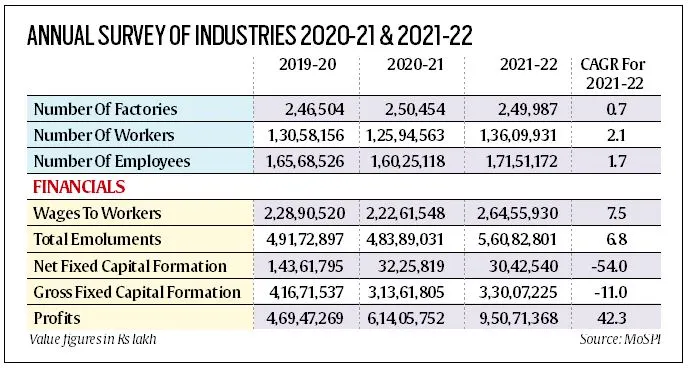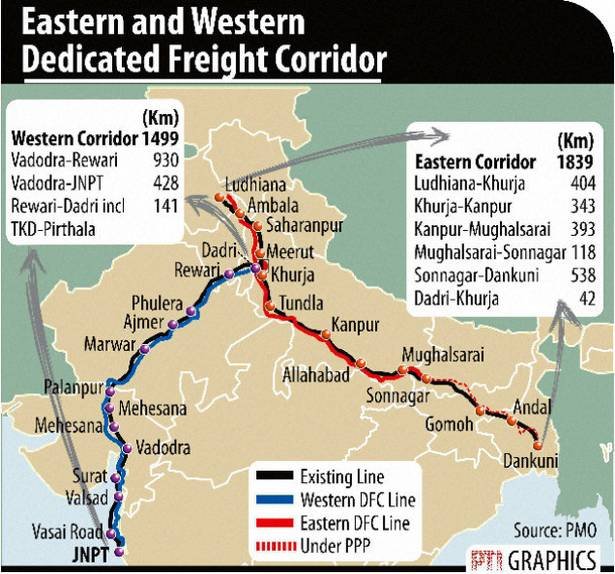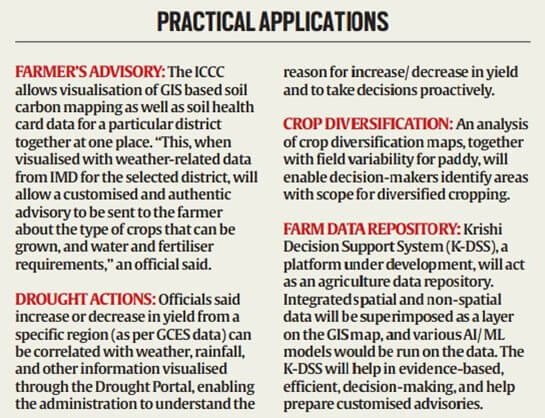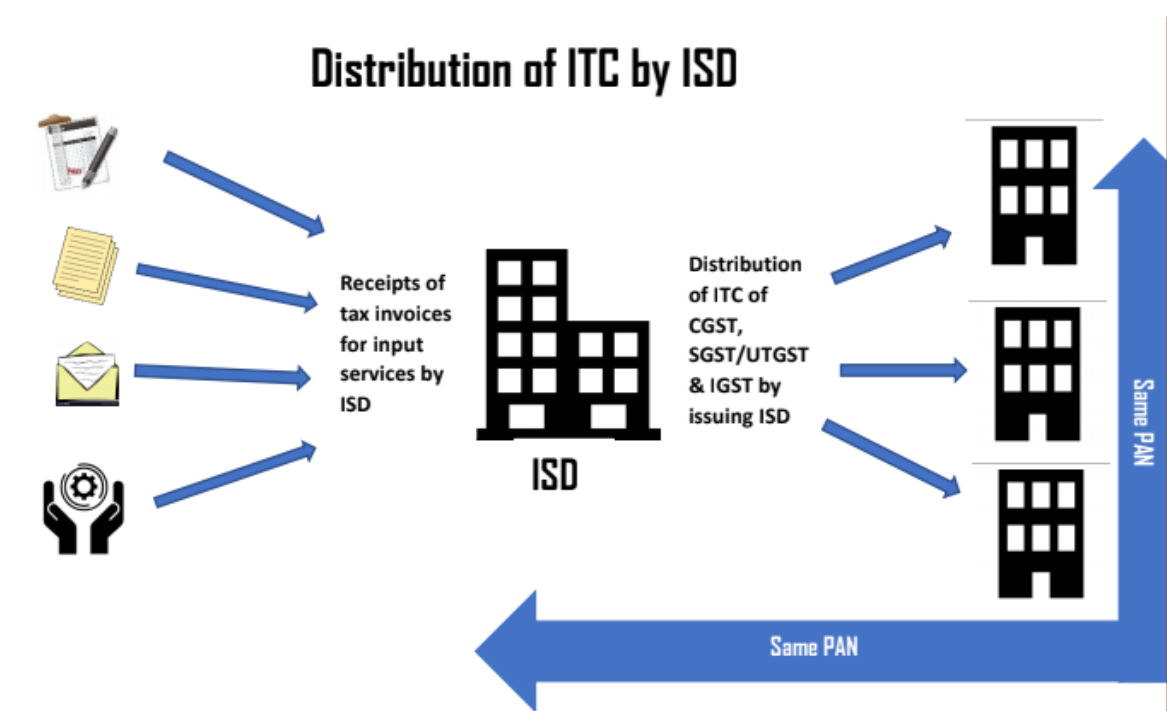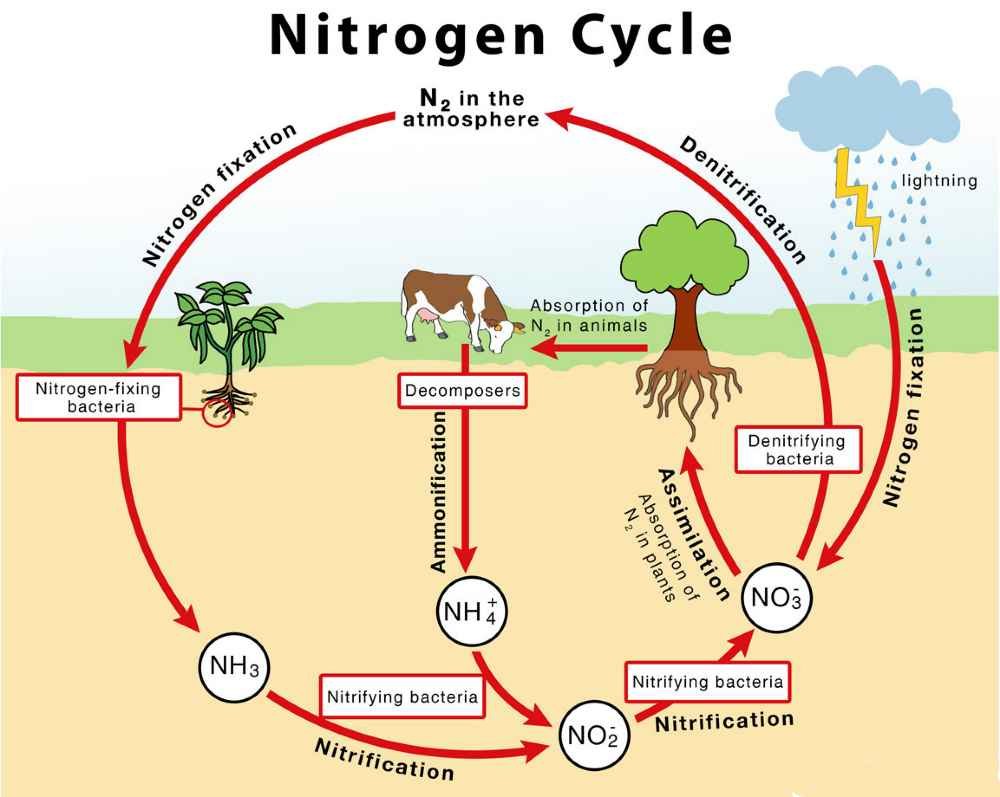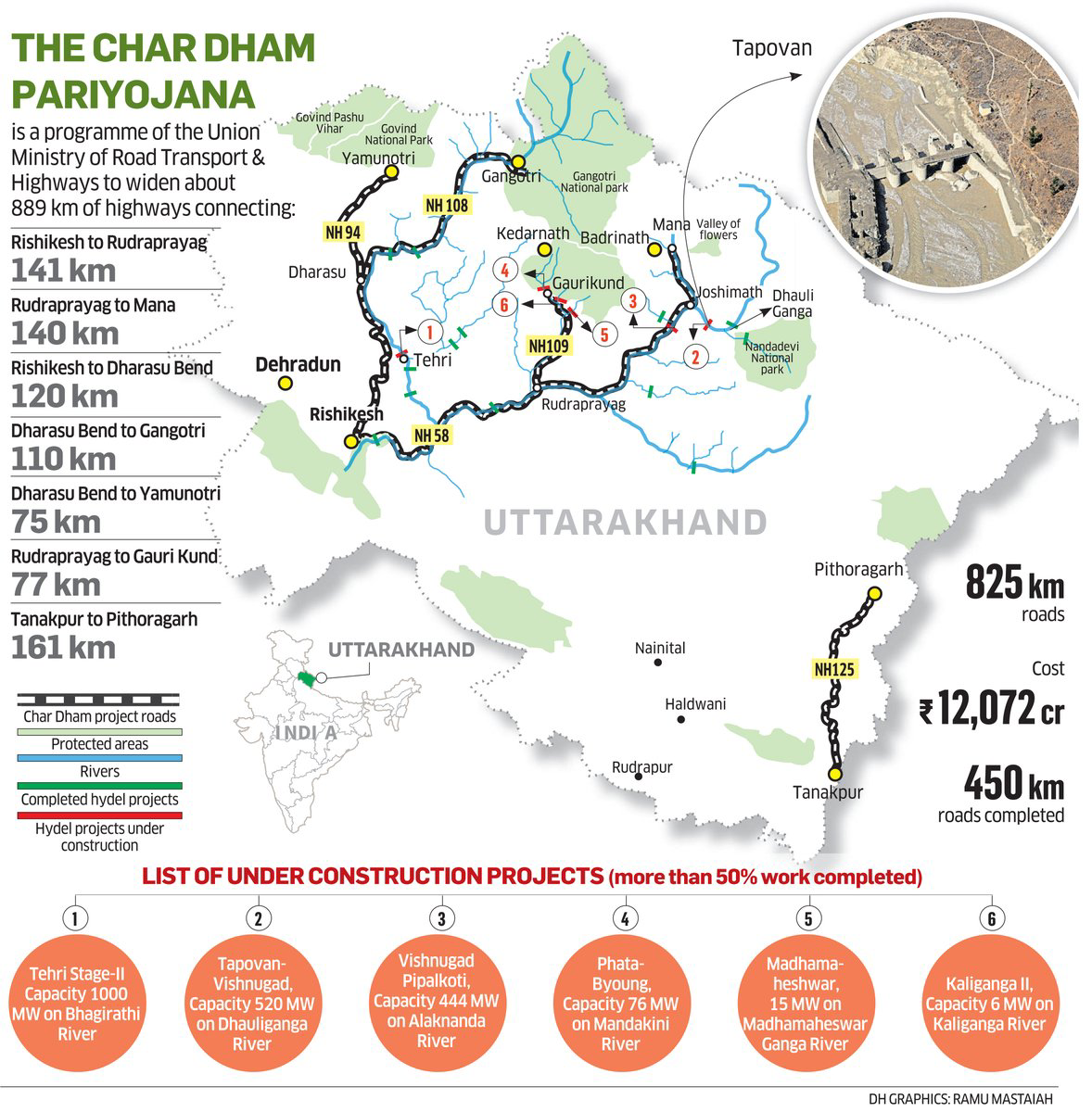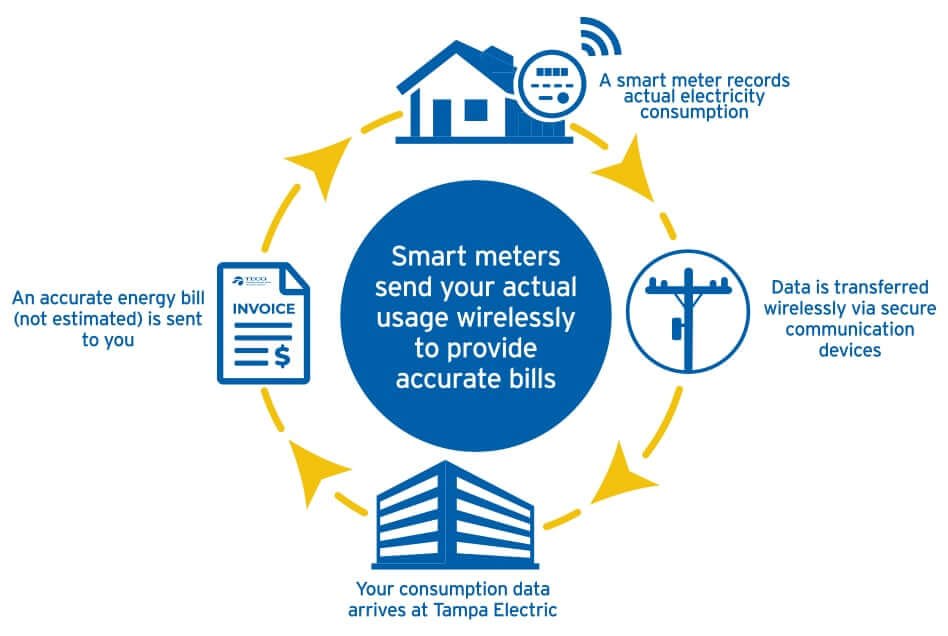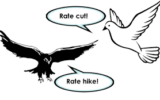
Balanced Fertilisation
Subscribers of "Current Affairs" course can Download Daily Current Affairs in PDF/DOC
Subscribe to Never Miss an Important Update! Assured Discounts on New Products!
Must Join PMF IAS Telegram Channel & PMF IAS History Telegram Channel
- Context (IE): Balanced fertilisation is likely to be a key policy goal for the government.
- Balanced fertilisation means supplying nutrients in the right proportion, based on soil type and the crop’s own requirement at different growth stages.
- Balanced fertilisation is “discouraging farmers from applying excess urea, di-ammonium phosphate (DAP) or muriate of potash (MOP), which only have primary nutrients in high concentrations”.
- These nutrients include primary (N, phosphorus-P and potassium-K), secondary (sulphur-S, calcium, magnesium) and micro (iron, zinc, copper, manganese, boron, molybdenum).
Increase in Urea consumption
- Urea consumption hit a record 35.8 million tonnes (mt) in the fiscal year ending March 2024, 16.9% higher than the 30.6 mt in 2013-14.
- Urea (contains 46% nitrogen) consumption actually fell during 2016-17 and 2017-18, which was attributed to the mandatory coating of all urea with neem oil from May 2015.
- Despite compulsory neem coating and the government reducing the bag size from 50 kg to 45 kg in March 2018, urea consumption has only increased during the last six years.
- Notably, The nutrient-based subsidy (NBS) system, instituted in 2010, excluded Urea from it.
Neem Coated Urea
|
Pricing challenges
- Lower prices of DAP have led to its over-application replacing Urea.
- Higher prices of Muriate of Potassium (MOP) incentivise neither farmers to apply directly nor companies to incorporate it into complexes, leaving plants Potassium starved.
|
Way forward
- Price hierarchy: Pricing non-urea fertilisers in the proper hierarchy, i.e., DAP the highest, MOP the lowest and complexes in between, can ensure their balanced use.
- Crop-specific application: DAP use should be restricted mainly to rice and wheat. Other crops can meet their P requirement through complexes.
- Urea under NBS: Lower international prices of fertilisers have opened the scope for including Urea in the NBS.





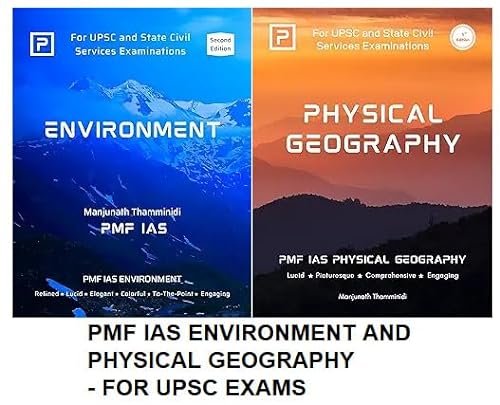
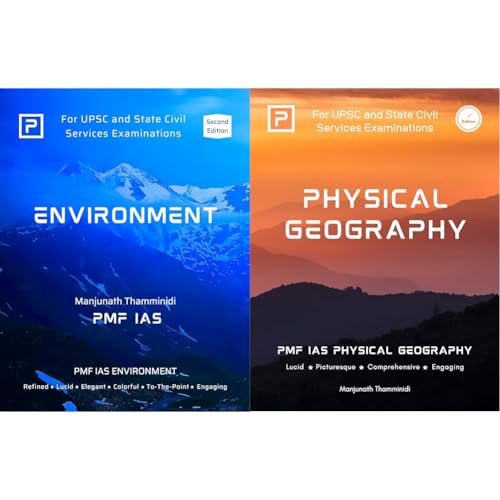
![PMF IAS Environment for UPSC 2022-23 [paperback] PMF IAS [Nov 30, 2021]…](https://pmfias.b-cdn.net/wp-content/uploads/2024/04/pmfiasenvironmentforupsc2022-23paperbackpmfiasnov302021.jpg)
